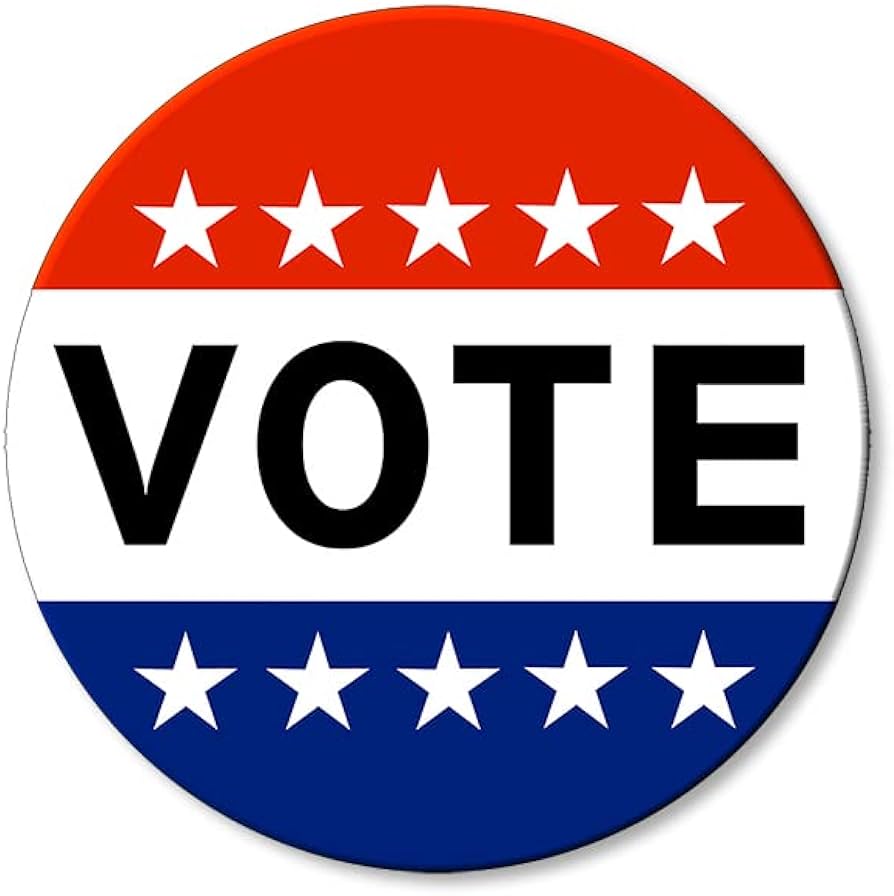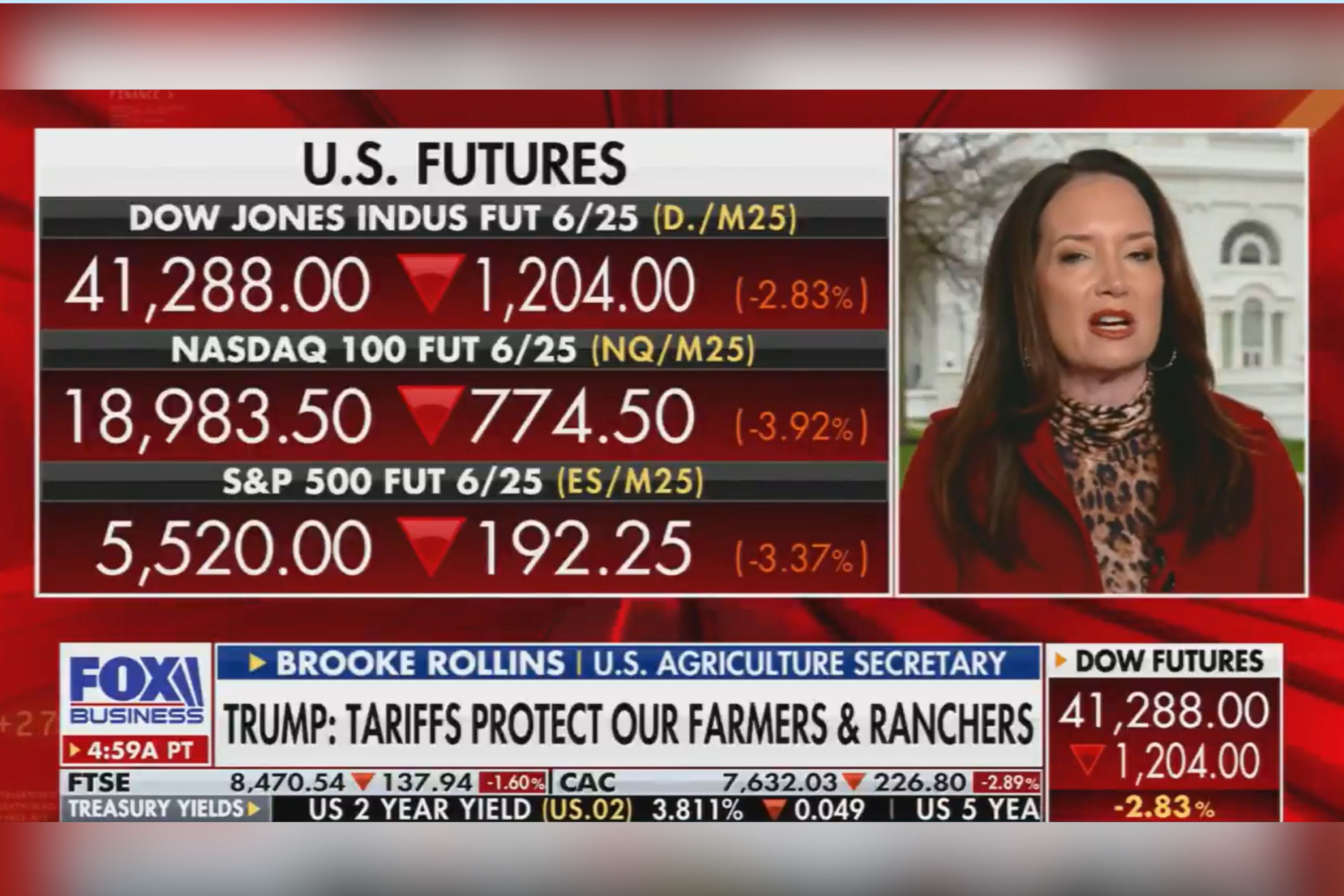Summary
A video of Agriculture Secretary Brooke Rollins praising Trump’s new tariffs while standing beside a screen showing the Dow Jones down 1,200+ points has gone viral with 1.1 million views.
Trump’s tariffs target over 180 countries, with a 10% baseline on all imports and higher rates on key partners, including China (34%) and the EU (20%).
The administration claims the policy will boost U.S. manufacturing, but analysts warn of economic risks.
Rollins also faced questions over rising egg prices and unclear tariff impacts on food imports.



That’s a lot of information, could you give us here a tldr?
This is the gist of the summary on the front page:
Tariffs provide revenue, and if offset by currency adjustments, present minimal inflationary or otherwise adverse side effects, consistent with the experience in 2018-2019. While currency offset can inhibit adjustments to trade flows, it suggests that tariffs are ultimately financed by the tariffed nation, whose real purchasing power and wealth decline, and that the revenue raised improves burden sharing for reserve asset provision. Tariffs will likely be implemented in a manner deeply intertwined with national security concerns, and I discuss a variety of possible implementation schemes. I also discuss optimal tariff rates in the context of the rest of the U.S. taxation system.
Currency policy aimed at correcting the undervaluation of other nations’ currencies brings an entirely different set of tradeoffs and potential implications. Historically, the United States has pursued multilateral approaches to currency adjustments. While many analysts believe there are no tools available to unilaterally address currency misvaluation, that is not true. I describe some potential avenues for both multilateral and unilateral currency adjustment strategies, as well as means of mitigating unwanted side effects.
Thank you